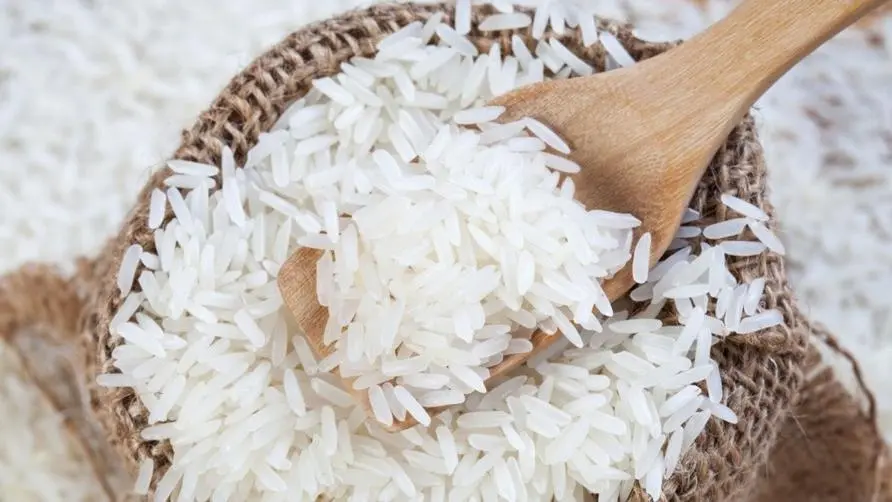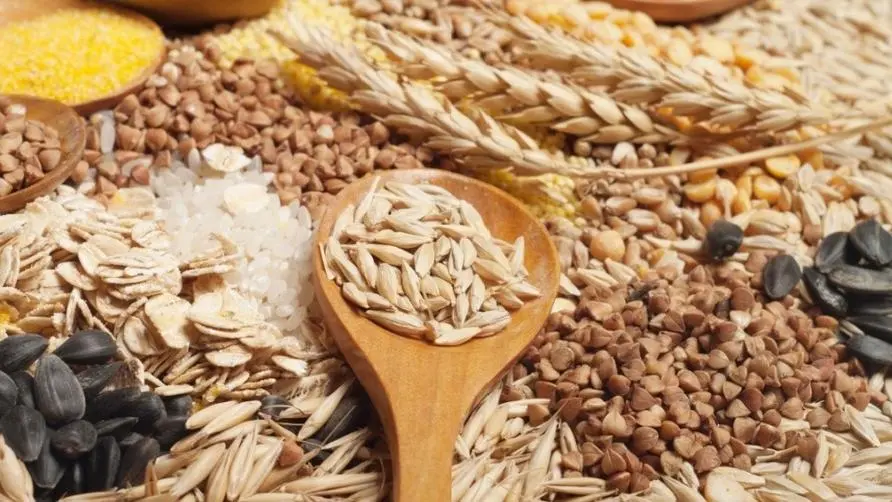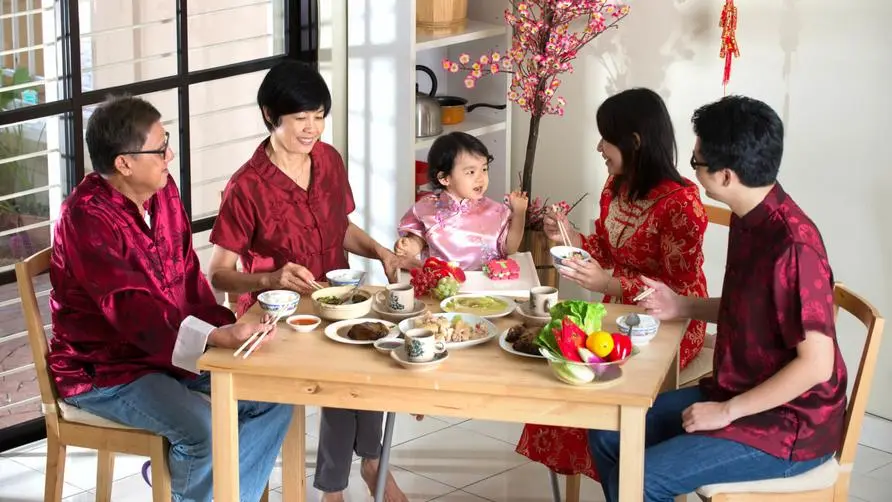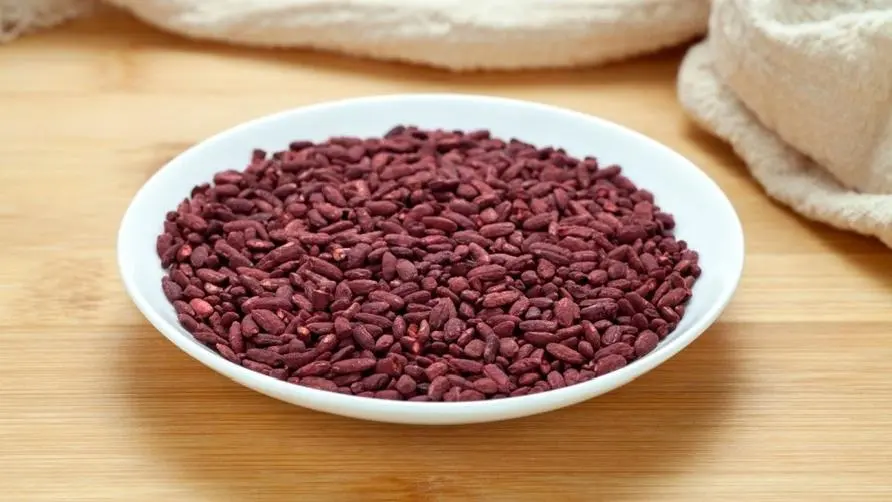The real culprit in the Baolin Tea Room case is hidden among the "5 most poisonous bacteria"? Critical care doctor warns: The risk of poisoning is highest when dining in "this area"
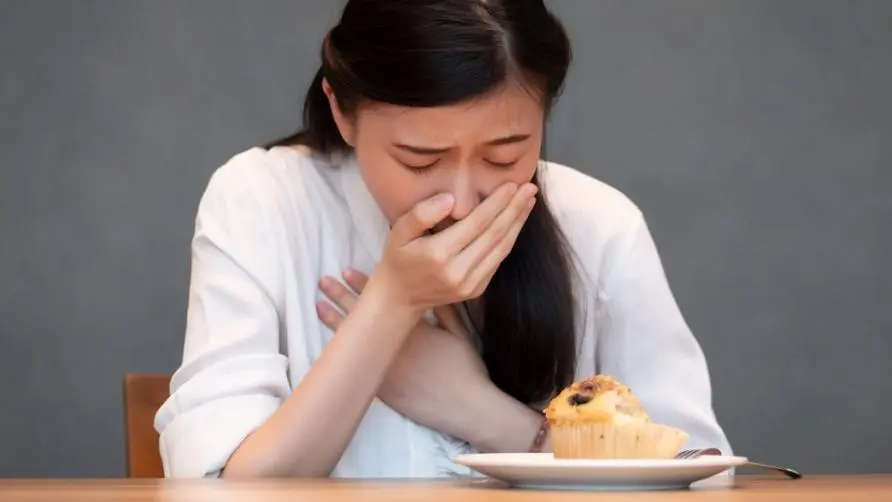
“Paulin Teahouse” caused 2 deaths and 2 serious illness due to food poisoning! Is pollution behind “bongkrekic acid” the culprit?
The Malaysian vegetarian restaurant “Baolin Tea Room” in Taipei City is suspected of having an outbreak of collective food poisoning recently. As of 2 pm on the 27th, there have been 10 cases of poisoning, including 2 deaths and 2 people in ICU. Since poisoned people mainly eat starchy foods such as rice noodles and rice noodles, it is currently speculated that the root cause of the poisoning is related to bacteria or toxins such as bongkrekic acid and Cactus bacilli.
According to information published by the U.S. National Institutes of Health (NIH), bongkrekic acid is a mitochondrial toxin that is commonly found in fermented rice products, corn flour, coconut products, or foods such as white fungus and fungus that have been soaked for too long. In moderate cases, clinical symptoms include discomfort, dizziness, drowsiness, excessive sweating, palpitations, abdominal pain, vomiting and diarrhea, bloody stools, etc. In severe cases, it may cause multiple organ failure, central neuropathy, and even death.
Dr. Huang Xuan, an expert in critical care medicine, also stated in the community that according to statistics from the Taiwan Ministry of Health and Welfare, Food and Drug Administration, a total of 57 cases and a total of 1,707 people were diagnosed with bacterial food poisoning in 2022. A local study has shown that according to the statistics of pathogenic microorganisms, Vibrio enteritidis has the largest number of poisoning cases in Taiwan (60 cases, 478 people), followed by “Cactus bacterium” (46 cases, 1,982 people), “Golden Yellow” Staphylococcus aureus" (41 cases, 902 people).
Are people who eat outside the highest risk of food poisoning? Critical care doctors urge: Beware of “the 5 most poisonous bacteria”
Which dining venues may have a higher risk of food poisoning? Continuing with the above-mentioned survey of poisoning and catering establishments, the number of cases in “business premises” is the highest (48.8%), followed by schools (23.1%) and self-residents (12.9%). It can be seen from the above statistical results that the behavior of “eating out” may be one of the most likely ways to cause food poisoning. Dr. Huang Xuan reminds office workers or those who eat out to pay special attention to the following risks of bacterial infection:
Vibrio parahaemolyticus. In Taiwan, people often suffer from food poisoning from eating “seafood” such as raw oysters or undercooked crustaceans, or from being contaminated by Vibrio Enteritidis during the cooking process.
Salmonella. There are more than 300,000 cases of salmonella infection in Taiwan every year, but according to official data, the notification rate is less than 1%. Foods that are mainly susceptible to infection include: livestock meat, poultry meat, fresh eggs, dairy products, refined fish products and other animal foods. In addition, plant-based foods with high “protein” content such as bean paste and soy products may also be risky.
Staphylococcus aureus. About 25% of humans and animals have Staphylococcus aureus in their skin and nasal mucosa, which can produce “toxins” that can cause food poisoning. Common foods include contaminated meat products, poultry, egg products, fish and shellfish, dairy products, box meals, lettuce salads and bakery products.
Bacillus cereus. Cactus bacteria are easily transmitted by dust and insects to contaminate food, and the bacterial infection rate in food can be as high as 20-70%. After food is contaminated by Cactus bacteria, most of the food does not show signs of spoilage. Except for the fact that the rice is sometimes slightly sticky and tastes unpleasant, the appearance of most food is the same as before contamination. Raw and cold foods, such as lettuce salads, sashimi, ice drinks, etc., are high-risk foods for food poisoning. Starch products such as “rice” that are often used as staple foods need to be more careful about the risk of contamination by Cactus bacteria.
Clostridium botulinum. Since Clostridium botulinum can only grow in food with no oxygen and low acidity (pH > 4.5), any food with low acidity and no air may produce fatal toxins: one is packaged food, which is low acidity The packaged foods include meat, beans, eggs, etc. Airless packaged foods include canned food, vacuum packaged food, etc. The second is the bottom layer of pickled foods, sausages and other pickled foods, which is also in a state of no air.
Overnight dishes must be chilled and heated before eating! 4 measures to avoid the risk of food poisoning
As for how to prevent food poisoning? Dr. Huang Xuan explained that important measures include:
Food is well cooked. If there are overnight dishes that need to be eaten every other meal, they should be heated to at least 70°C.
Avoid cross contamination. Raw food and cooked food should be handled separately, different types of ingredients (such as seafood and vegetables) should be handled, and chopping boards and knives should be replaced.
Store food properly. Food should be consumed within 1-2 hours and avoid storage at room temperature. If there are leftover ingredients, they should be stored in the refrigerator or a space below 7°C as soon as possible.
Keep your kitchen hygienic. When cooking in the kitchen, microorganisms will be present in every corner of the kitchen, so cooks need to wash their hands and keep the environment clean.
Dr. Huang Xuan added that for high-risk groups susceptible to food poisoning, such as infants, children, the elderly, pregnant women, and those with weak immune systems, extra precautions need to be taken to avoid poisoning. In addition, if there is a suspected case of collective food poisoning: be sure to contact the health bureaus of various local governments in Taiwan or the Taiwan Ministry of Health and Welfare, Food and Drug Administration immediately to prevent the poisoning from spreading and causing casualties.
Source:
“Food Poisoning, Common Bacteria and Foods” - Dr. Ooi Hean
Bongkrekic Acid—a Review of a Lesser-Known Mitochondrial Toxin
Further reading:


